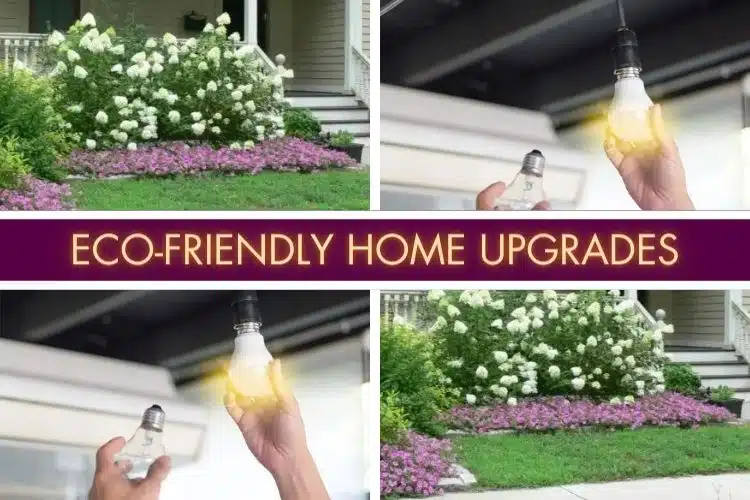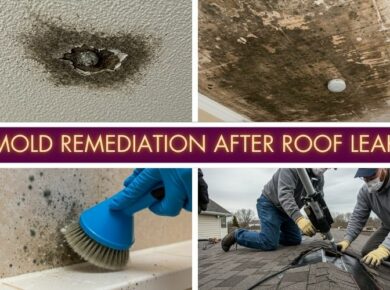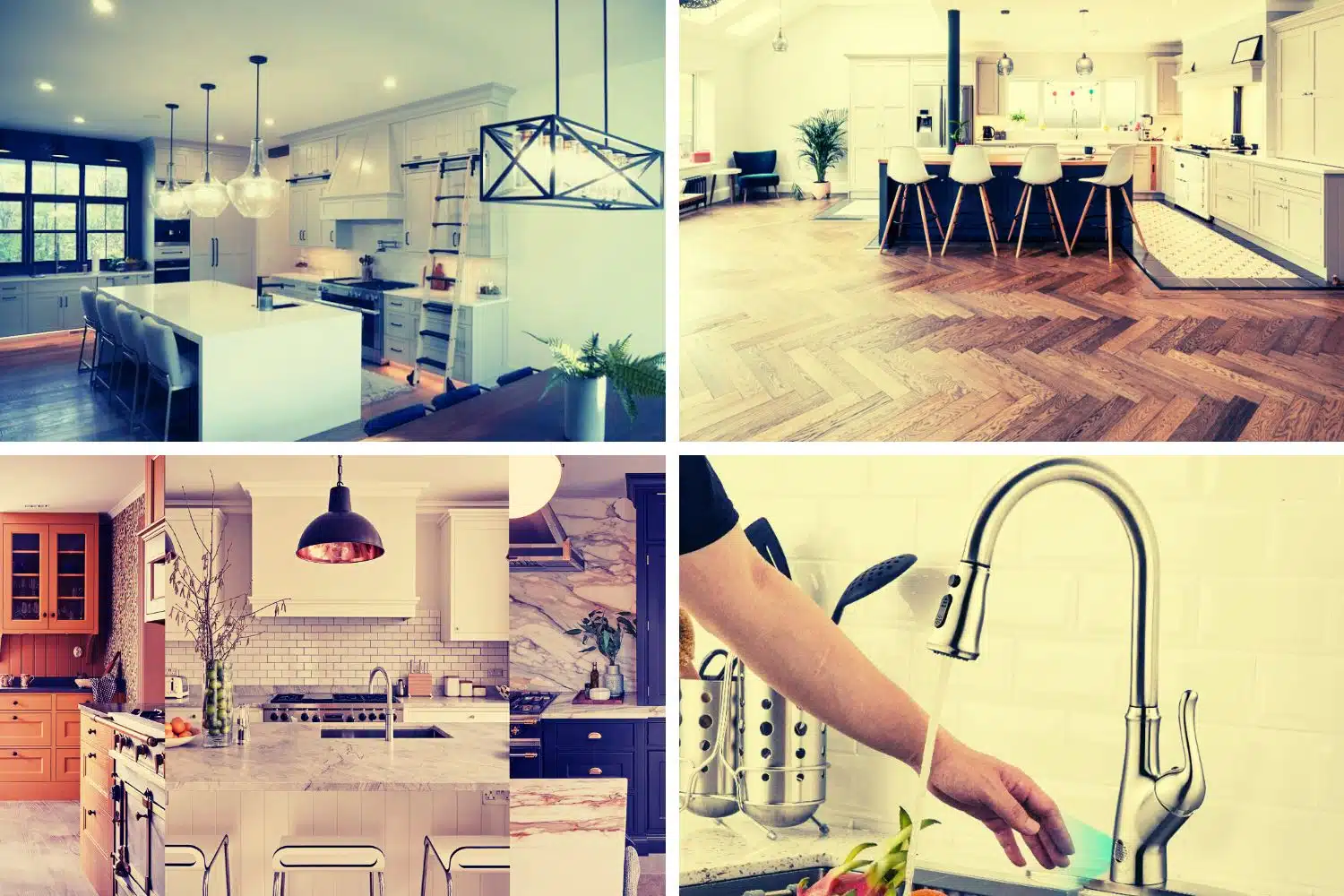As awareness of environmental sustainability grows, an increasing number of homeowners are actively seeking ways to transform their living spaces into eco-friendly environments.
Whether driven by a desire to lessen their carbon footprint, save on utility expenses, or foster a healthier home environment, there are numerous accessible and affordable improvements to consider. Here, we explore ten straightforward eco-friendly home upgrades you can start implementing today.
Transition to LED Lighting
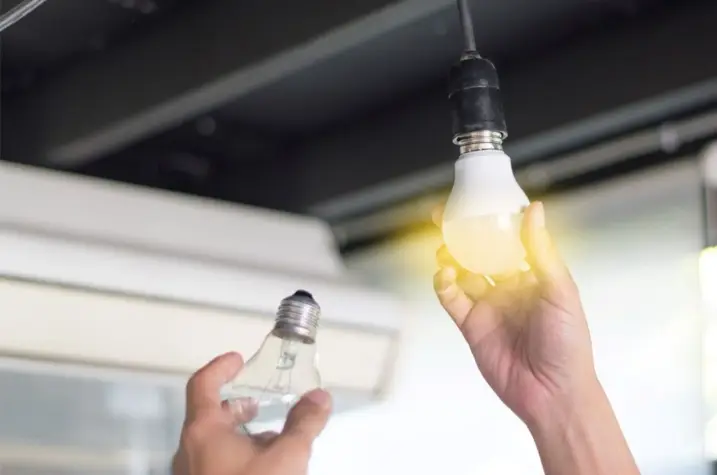
The Advantages of LED Lights
Switching to LED (light emitting diode) lights represents one of the easiest and most impactful steps towards enhancing energy efficiency within your home.
Compared to traditional incandescent bulbs, LED bulbs consume up to 80% less energy and boast significantly longer lifespans, translating to substantial savings on both energy bills and replacement costs.
Making the Transition
Begin by replacing the most frequently used bulbs in your household, such as those illuminating your kitchen, living room, and outdoor areas.
Over time, gradually replace all bulbs with LED alternatives. Fortunately, LEDs now come in various colors and intensities, ensuring compatibility with your existing decor.
Integrate a Programmable Thermostat
Efficiency and Convenience
Installing a programmable thermostat empowers you to automatically adjust your home’s temperature according to your daily routine.
This simple step can lead to considerable energy savings by preventing unnecessary heating or cooling when the house is unoccupied.
Installation Tips
The installation of a programmable thermostat is typically straightforward and can be completed in under an hour. Follow the manufacturer’s instructions closely or enlist the help of a professional if necessary.
Once installed, program your thermostat to lower temperatures during nighttime and periods of absence.
Seal Windows and Doors
Combatting Drafts
Drafty windows and doors contribute to significant heat loss during winter and increased cooling expenses in the summer. By sealing gaps and cracks, you can enhance your home’s insulation and decrease energy consumption.
DIY Sealing Techniques
Utilize weatherstripping around doors and apply caulk to seal gaps around windows. For older window frames, consider supplementing with storm windows or utilizing plastic window insulation kits for added insulation against drafts.
Utilize Eco-Friendly Cleaning Products
Health and Environmental Considerations
Numerous traditional cleaning products harbor harmful chemicals that can degrade indoor air quality and add to environmental pollution.
Eco-friendly cleaning products, formulated with natural, non-toxic ingredients, present safer alternatives beneficial for both your family’s well-being and the health of the planet.
Transitioning Your Cleaning Routine
Look for cleaning products marked as biodegradable, non-toxic, and devoid of harmful chemicals like phosphates and chlorine.
Another option is to craft your own cleaning solutions using everyday household items like vinegar, baking soda, and lemon juice.
Install Low-Flow Fixtures
Water Conservation
Low-flow faucets, showerheads, and toilets represent effective means of reducing water consumption without sacrificing functionality. This not only conserves a precious resource but also leads to noticeable reductions in water bills.
Consider reaching out to Custom Solar & Leisure for expert guidance on integrating solar solutions into your eco-friendly home improvement journey.
Simple Installation
Many low-flow fixtures are designed for easy installation, allowing for quick replacements of existing fixtures.
Consider installing dual-flush toilets, which enable users to choose between lower and higher water volumes for liquid and solid waste, respectively.
Initiate a Compost Bin
Waste Reduction
Composting presents an excellent opportunity to minimize household waste while generating nutrient-rich soil for gardening purposes.
By composting organic materials such as food scraps, coffee grounds, and eggshells, you can significantly reduce landfill-bound waste.
Establishing Your Compost System
Opt for a pre-made compost bin or construct one using readily available materials like wood pallets or wire mesh.
Position the bin conveniently within your yard and commence adding organic waste. Regular turning of the compost aids in accelerating the decomposition process.
Embrace Native Landscaping
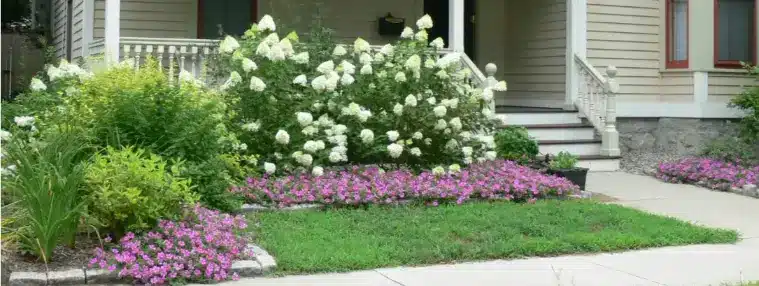
Environmental and Aesthetic Appeal
Native plants, adapted to local climate and soil conditions, require less water, fertilizer, and maintenance compared to exotic species. Additionally, they contribute to local biodiversity and enhance the visual appeal of your landscape.
Selecting Native Flora
Research native plant species indigenous to your region and incorporate a diverse array into your landscaping scheme.
Mix trees, shrubs, and flowering plants to create a vibrant and sustainable ecosystem within your yard.
Incorporate Solar Panels
Harnessing Renewable Energy
Solar panels offer a renewable energy solution capable of meeting a significant portion of your home’s power requirements, thereby reducing reliance on fossil fuels and lowering electricity bills.
While the initial investment may be substantial, the long-term savings and environmental benefits are often deemed worthwhile.
Initiating Solar Integration
Consult with reputable solar installation professionals, such as a veteran-owned solar company, to assess your property’s suitability for solar panel installation. Government incentives and rebates may be available to offset installation costs.
If a full-scale solar system proves unfeasible, consider integrating smaller solar-powered devices such as outdoor lighting or water heaters.
Opt for Energy-Efficient Appliances
Minimizing Energy Consumption
Upgrading outdated, energy-inefficient appliances with Energy Star-rated models represents a significant step towards reducing household energy consumption.
Energy Star appliances meet stringent energy efficiency criteria established by the U.S. Environmental Protection Agency.
Prioritizing Appliance Upgrades
Focus on replacing appliances with the highest energy consumption, such as refrigerators, washing machines, and dishwashers.
When shopping for new appliances, consider the total cost of ownership, factoring in energy usage, to make the most eco-conscious choice.
Implement a Rainwater Harvesting System
Sustainable Water Management
Rainwater harvesting involves collecting and storing rainwater for non-potable uses such as garden irrigation. This practice reduces reliance on municipal water supplies and conserves water resources.
Establishing a Harvesting System
Commence with a simple rain barrel connected to your gutter system for rainwater collection.
For larger-scale applications, consider more advanced systems incorporating filtration and storage tanks. Ensure compliance with local regulations governing rainwater harvesting practices.
Conclusion
Embarking on the journey to make your home more eco-friendly need not be daunting. By embracing these ten accessible upgrades, you can contribute to environmental conservation efforts, realize cost savings, and foster a healthier living environment.
Begin by implementing one or two changes, then gradually integrate additional upgrades over time. Each small adjustment represents a meaningful step towards constructing a more sustainable future for generations to come.
